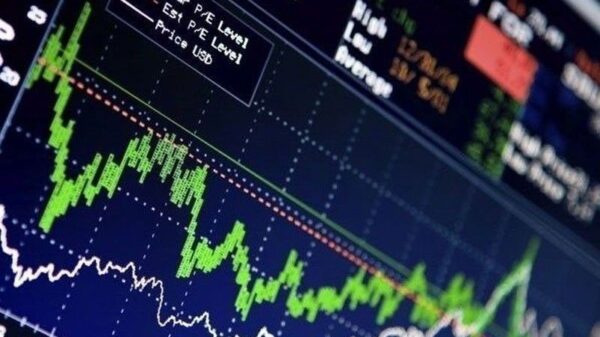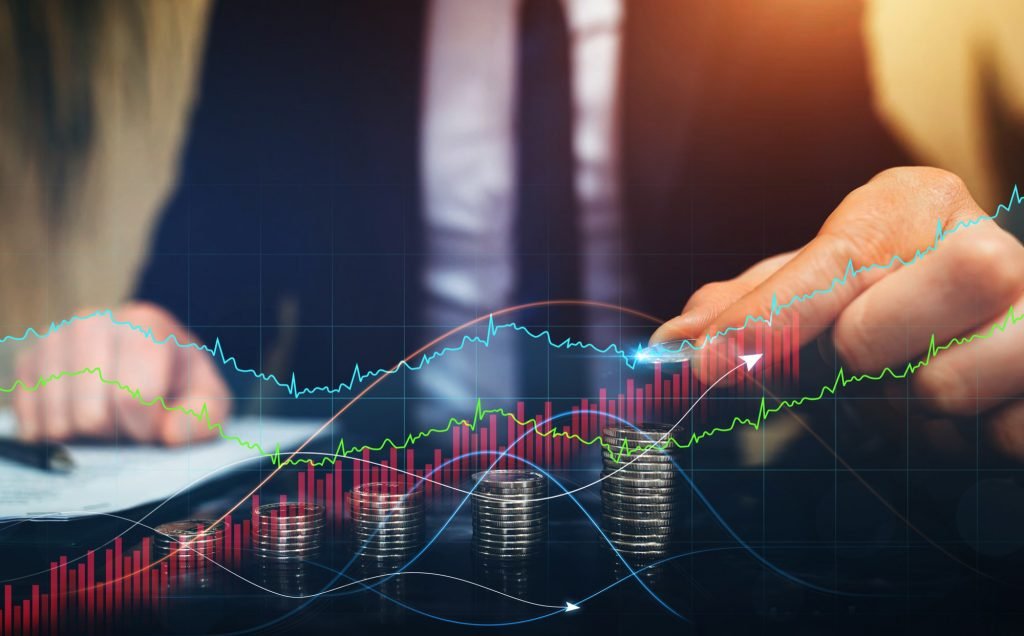Introduction
Forex trading is a complex and dynamic market where traders use various strategies to make profitable trades. Two popular approaches to forex trading are technical analysis and fundamental analysis. In this article, we will explore the differences between these two strategies and how they can be used to make informed trading decisions.
Technical Analysis
Technical analysis is a strategy that focuses on analyzing historical price data and market trends to predict future price movements. Traders who use technical analysis rely on charts, indicators, and patterns to identify potential trading opportunities.
There are several key principles of technical analysis:
- Trend identification: Technical analysts look for patterns and trends in price charts to determine the direction of the market.
- Support and resistance levels: These are key price levels where the market has historically had difficulty breaking through. Traders use these levels to identify potential entry and exit points.
- Indicators: Technical analysts use various indicators, such as moving averages, oscillators, and volume indicators, to help confirm their trading decisions.
Technical analysis is popular among short-term traders who are looking to profit from short-term price movements. It is a data-driven approach that relies on historical price data to make predictions about future price movements.
Fundamental Analysis
Fundamental analysis, on the other hand, focuses on analyzing economic, political, and social factors that can influence the value of a currency. Traders who use fundamental analysis look at macroeconomic indicators, such as GDP, inflation rates, and interest rates, to assess the overall health of an economy.
There are several key principles of fundamental analysis:
- Economic indicators: Fundamental analysts look at economic indicators to assess the strength of an economy. These indicators can include GDP growth rates, inflation rates, and employment data.
- Central bank policies: Central banks play a crucial role in influencing the value of a currency through their monetary policies. Fundamental analysts closely monitor central bank decisions and statements for insights into future currency movements.
- Geopolitical events: Political and social events can have a significant impact on currency values. Fundamental analysts consider geopolitical factors, such as elections, trade agreements, and geopolitical tensions, when making trading decisions.
Fundamental analysis is popular among long-term traders who are looking to take advantage of macroeconomic trends. It is a more holistic approach that takes into account a wide range of factors that can influence currency values.
Combining Technical and Fundamental Analysis
While technical and fundamental analysis are often seen as opposing strategies, many traders find success by combining these two approaches. By using a combination of technical and fundamental analysis, traders can gain a more comprehensive understanding of the market and make more informed trading decisions.
For example, a trader may use technical analysis to identify a potential trading opportunity based on a chart pattern or indicator signal. They can then use fundamental analysis to assess the economic factors that could impact the currency pair and determine whether the trade aligns with the overall market sentiment.
Conclusion
Both technical and fundamental analysis have their strengths and weaknesses, and traders should choose the approach that aligns with their trading style and goals. Some traders may prefer the data-driven approach of technical analysis, while others may find value in the broader perspective offered by fundamental analysis. Ultimately, successful forex trading requires a combination of skill, knowledge, and the ability to adapt to changing market conditions.




































